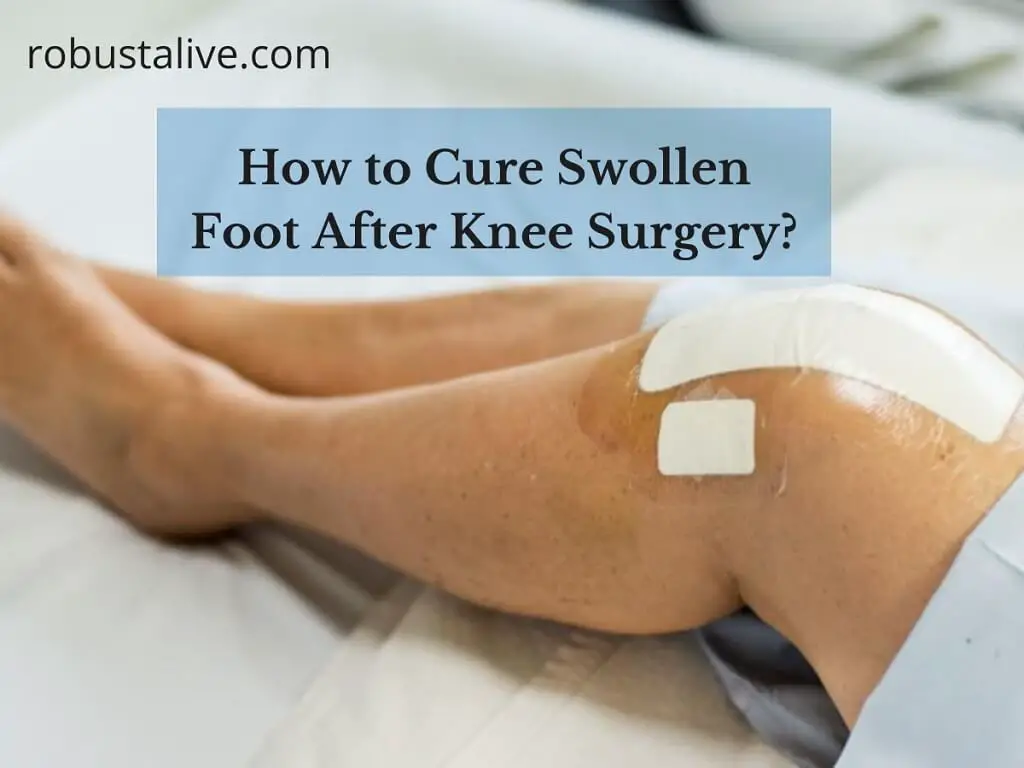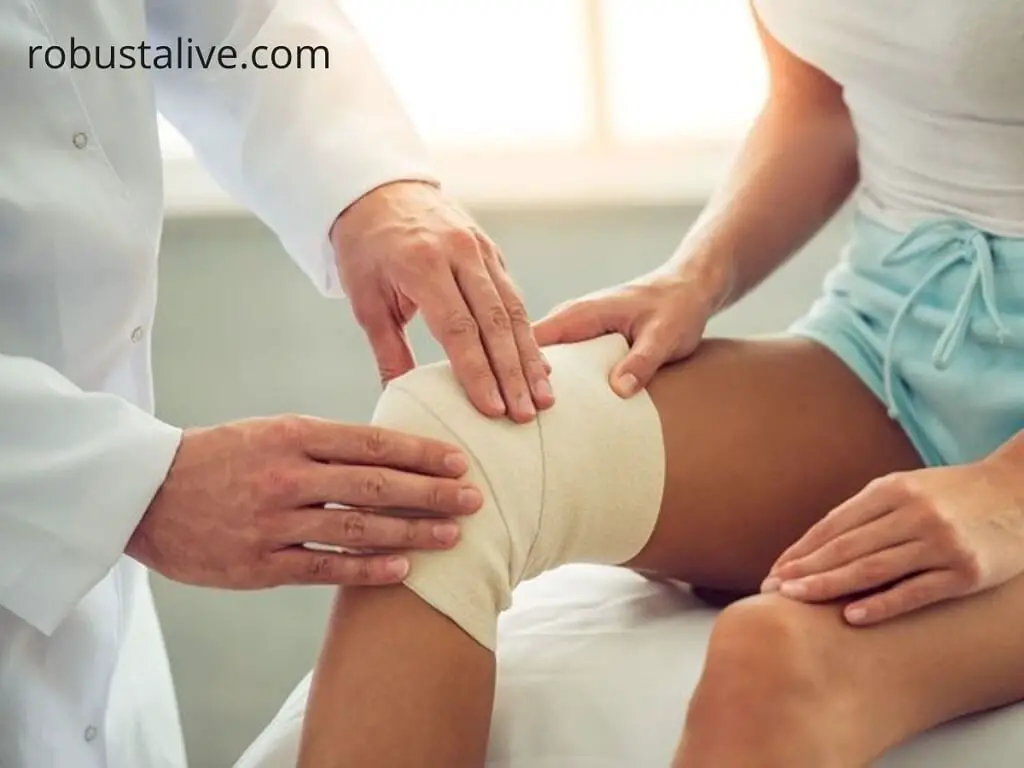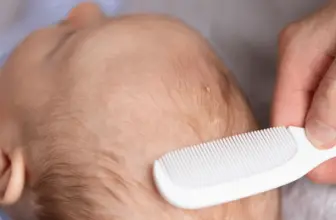Best Way to Cure Swollen Foot After Knee Surgery?

After knee surgery, are you concerned about pain, bruising, and a swollen foot? However, these are only a few minor side effects after surgery. These symptoms are indicative of recovery and are typical. In reality, after the initial pain and swelling, many people recover quickly.
The recovery process can be sped up, and a swollen foot can be managed naturally after surgery. I’ve included a few instructions on how to cure swollen foot after knee surgery in this tutorial. Although recovering from a total knee or hip replacement takes time, the benefits are worth it: decreased pain and increased mobility. What to expect following joint replacement surgery is outlined below.
Why do we have a Swollen Foot After Knee Surgery?
Following a knee replacement, fluid accumulation in the soft tissues is the leading cause of leg, foot, or knee swelling.
Swelling is a typical side effect of surgery and part of recovery. It is brought on by edema and inflammation following surgery. The buildup of fluid in bodily tissue is known as edema. Following surgery, edema is most common in the hands, legs, arms, feet, and ankles.
The tissue sustains some damage as a result of the surgical procedure. Your body works to make this better. And the initial stage of this recovery is inflammation.
Cytokines are a class of molecules that regulate inflammation. Your blood vessels may become leaky due to cytokines. It causes fluid with different proteins and cells to leak out of the blood vessels and into the tissue. The soft tissue begins to swell with this fluid. And the edema is brought on by this.
Knee Replacement Aftercare: Managing Swelling
Following a total knee replacement, swelling is typical. If you exercise, it can get worse. Take the actions listed below to help reduce swelling.
Ice the knee
Place an ice pack or frozen peas bag on your knee after wrapping it in a thin cloth. The use of ice shouldn’t last longer than 20 minutes at a time. Use your ice maker as instructed if you have one.
Ankle boots
Keep performing ankle pumps. They aid in thinning the swelling, enhancing circulation, and avoiding blood clots. The point, and then slowly flex both feet. Ten to thirty times every hour; repeat this.
Raise your leg
Raise one leg above the other. Inquire with your healthcare practitioner about the best positions to use. Inquire with your healthcare practitioner about the best places to use.
6 Things to Do and Avoid After Knee Surgery

Photo Credit: Robustalive.com
You’ll probably have difficulties and pain on your road to recovery following knee surgery. Even though it could be challenging, remember that what happens after your surgery is just as crucial as the surgery itself.
Here are some tips for helping you recover:
1. Try adapting the healthy lifestyle
Maintaining good health will promote quick healing. Try to reduce or quit smoking if you do. Your blood vessels get smaller when you smoke, which hinders the healing process. If you are on narcotic painkillers or blood thinner, stay away from alcohol. Maintain a healthy weight because being overweight puts more strain on your knee and might delay recovery. To improve general blood flow, strengthen the muscles in your legs. Once your doctor has given the all-clear, partake in low-impact activities like walking, swimming, or riding a stationary bike.
2. Do use heat and ice
After knee surgery, swelling may persist for three to six months, according to the American Academy of Orthopaedic Surgeons. To lessen pain and inflammation, use ice packs. Use for 10 to 20 minutes three to four times per day over the first few days. Alternate using heat and cold to relax the muscles and reduce stiffness once the initial swelling has subsided. If ice doesn’t work or you wish to apply heat or ice for extended periods, speak with your doctor or physical therapist.
3. Focus on rehabilitation
Following surgery, closely adhere to your doctor’s directions. It entails carrying out every activity suggested by your physical therapist, no matter how difficult it may be. Though you could feel some pain and annoyance, keep a cheerful attitude and persevere! The work will be worthwhile in the end. According to experts, the patient’s willingness to put in a lot of effort during physical therapy and rehab accounts for 50% of a successful outcome. Take your prescription meds as directed and obtain enough rest to aid in the proper healing of your knee.
4. Avoid placing undue strain on your knee.
Take care when lifting large objects. When you move to face a different direction, turn your complete body and avoid twisting your knee. Pay attention to your posture when you stoop, kneel, or sit. Your physical therapist should go over these motions with you so they can assist you in achieving better form.
5. Avoid scheduling further surgeries while you are recovering
Before arranging any surgical treatments, especially those involving your bladder or intestines, you should see a doctor because they could cause an infection in your recovering knee.
6. Be patient
Keep in mind that every person is unique, as are all procedures. People recover in their own time and at varying speeds. Be patient with yourself and be proud of your accomplishments as you go.
Immediately contact your doctor if you suffer any severe complications during your recovery to ensure appropriate healing and stop any subsequent health problems.
How will I feel throughout my initial recovery from joint replacement surgery?
No matter how well you plan for your return, there will be a learning curve. You’ll probably feel anxious and wonder if you were released too soon. Relax and concentrate on your recovery because this is a shared experience.
Depending on your surgeon’s policies, you might receive a call from a care coordinator. You now have the chance to report any issues and submit any queries. Within 48 hours of release, the physical or occupational therapist may visit you. Your provider will inform you about the timelines and what to expect.
What should I be doing for fast recovery?
- Keep up your workout routine and gradually raise your activity level; your objective is to regain strength and function.
- Comply with all therapy recommendations.
- Resuming action when you acquire confidence and strength.
- Swelling of the knee or leg following a rapid increase in activity is frequent following total knee replacement. If this happens, raise the leg above your heart (do not lay pillows behind the knee; instead, place them behind the calf) and apply ice to the knee. You can keep using elevation and icing as needed to help reduce pain and swelling.
- To get the best outcome from your new joint replacement, you must continue exercising at this early period. Your therapy may continue at home or in another outpatient location of your choosing, depending on your needs.
Exercise plan to keep working out at home
You’ll receive an exercise plan to keep working out at home.
Never spend more than 30 to 45 minutes sitting down at once. Make use of armchairs. If you’re fatigued, take a sleep, but avoid paying the entire day in bed. Regular, brief walks, whether inside or outside, are essential for a speedy recovery.
Your surgically repaired hip or knee may hurt, and you might have trouble falling asleep at night. It is a step in the recovery process. Moving around and getting up helps to ease the soreness.
Stairs should be climbed with assistance. Step by step, “good” leg up and “bad” leg down. If one is available, hold onto it.
Sit on a folded blanket or a firm cushion when riding in a car to prevent slouching.
Before your first postoperative appointment, you cannot drive. Your surgeon decides when you can get back behind the wheel of your car.
After surgery, avoid heavy lifting. A position where you must stoop or bend over to lift anything is not recommended. Do not climb ladders. Your surgeons will guide you when it is safe to lift heavy objects.
Exercise after surgery for a swollen knee
Mild exercise is crucial after knee replacement to reduce swelling and fluid retention and hasten to heal. What exercises are most beneficial following knee surgery? Avoid heavy lifting and strenuous exercise after surgery. And your doctor’s advised period of bed rest should have passed before beginning these exercises.
Following knee surgery, you can perform the following easy exercises at home:• Ankle Pumps
- Heel Slides
- Sitting Assisted Knee Bend
- Knee Press
- Straight Leg Raise
- Heel Raises
- Standing Hip Bending
- Sitting Knee Extension
- Standing Hip Extension
- Standing Terminal Knee Extension
- Standing Hip Abduction
- Standing Knee Bending
If you want to lessen inflammation, consider utilizing cold packs. The use of ice packs may cause blood arteries to constrict. And the edema decreases as blood flow decreases. Additionally, ice baths can delay cellular metabolism. You can use cryotherapy chambers, cold packs, ice baths, or ice baths to apply cold to a specific body area.
Ice should be applied every 10 to 20 minutes in the first several days following an accident. Wrap the afflicted region in a thin towel before applying ice.
Related article: Unable to lift leg while lying down?- Know the reason
Diet
You don’t need to alter your regular diet. Try simple rice, toast, grilled chicken, or yogurt if nauseous. These foods are anti-inflammatory and low in fat. Unless your doctor advises differently, make sure you are getting enough water.
The list of anti-inflammatory foods that aid in reducing swelling in the foot after knee surgery is provided below.
- Leafy green vegetables
- Nuts
- Oil of olives
- Mushrooms
- Oily Fish (tuna, salmon, sardines, mackerel, herring)
- Berries, cherries, oranges, avocado, strawberries, grapes
- Fruits and veg (broccoli, capsicum, spinach, kale, onion)
- Leaf tea
- Turmeric
- Tomatoes
- Rich chocolate
Conclusion
After knee surgery, a swollen foot might worry you. But now you understand that this is a standard component of recovery. Most of the time, it will disappear on its own in a few weeks. Furthermore, you might swiftly recover from these side effects with the use of drugs, lifestyle adjustments, and a healthy diet.
To recuperate more quickly, it’s crucial to adhere to all of your surgeon’s instructions. You can embrace a quick-paced life after your knee surgery recovery!
Frequently Asked Questions (FAQs) Best Way to Cure Swollen Foot After Knee Surgery?
Is foot swelling natural following knee surgery?
Swelling is an average side effect of healing. Many people experience moderate to severe swelling in the first few days or weeks following surgery and mild to moderate swelling for three to six months after surgery, according to the American Academy of Orthopedic Surgeons.
Why has my foot swollen after knee surgery?
The increased flow of fluid and white blood cells into the damaged area causes swelling. Pain is brought on by releasing chemicals and the compression of nerves in the injured area. The athlete may be unable to use the wounded portion due to pain and swelling, which helps to prevent additional damage.
How long after surgery does foot swelling last?
After foot and ankle surgery (or an injury), some swelling is highly typical. Usually, the first two to three weeks are when patients expect to experience the most noticeable swelling.
References
https://www.healthline.com/health/total-knee-replacement-surgery/managing-postoperative-pain
https://www.saintlukeskc.org/health-library/after-knee-replacement-controlling-swelling
https://www.livestrong.com/article/161043-remedies-for-a-swollen-leg-after-knee-replacement-surgery/
https://activeimplants.com/blog/6-dos-donts-knee-surgery/
https://www.partaniclinic.com/reduce-swelling-after-knee-replacement/
https://iwalk-free.com/blog/how-to-reduce-swelling-after-foot-surgery/
https://www.cortho.org/knee/swelling-after-knee-replacement/





